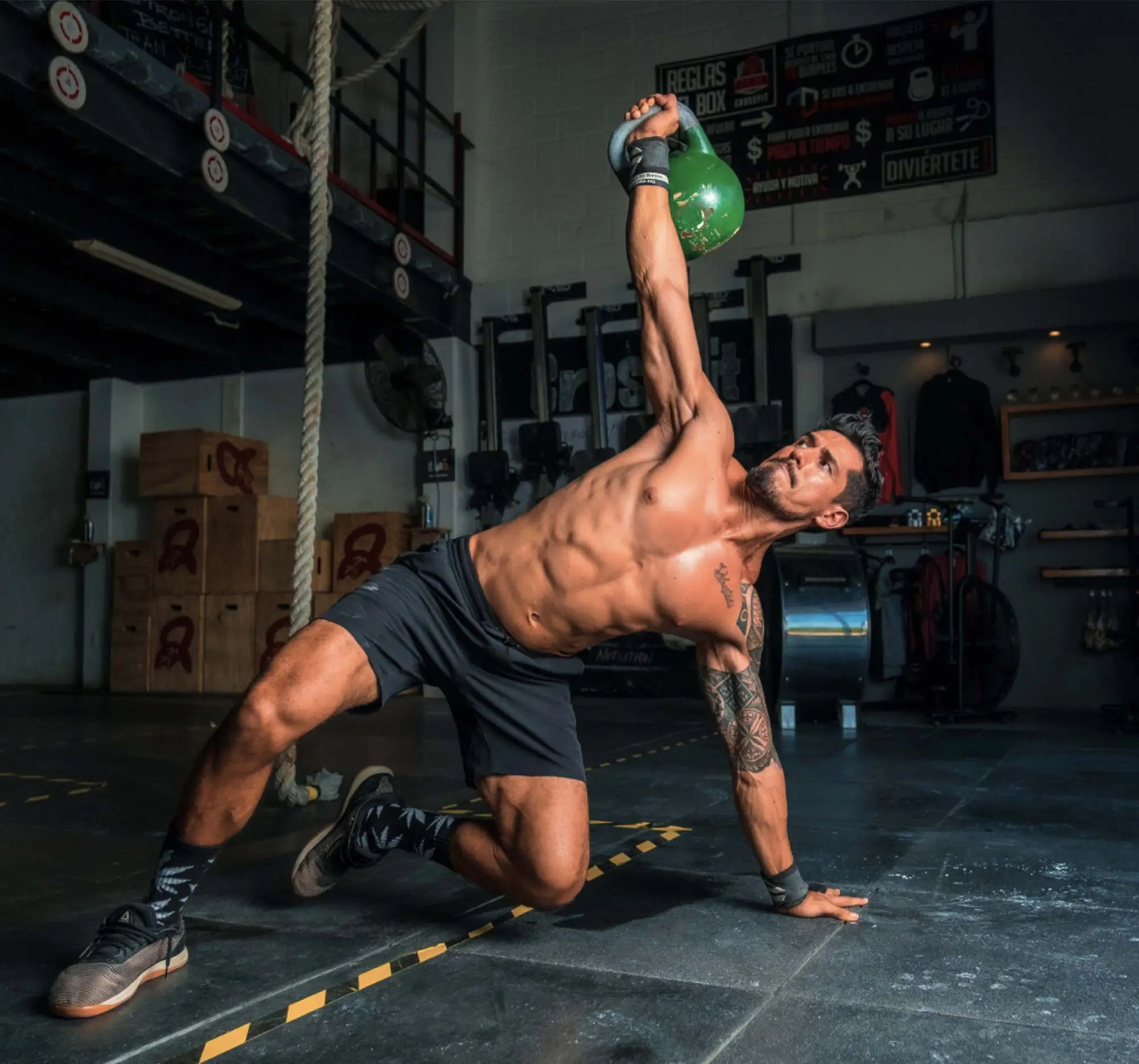If you’re an athlete who wants to optimise their diet to improve performance, you’ll find there’s an overwhelming amount of nutrition information available out there. But one of the biggest mistakes I see is people trying to change everything, all at once. So how can you figure out what tips are important for improving athletic performance, what you can ignore and where to start? Looking at your nutrition like a pyramid of priorities can help. Here are the nutrition tips, tools and frameworks that will take you on your journey from good to great.
1. Energy intake
Fuel for the work you’re going to do and adjust energy intake to output.
Your energy intake is the number one priority of performance nutrition and it’s essential to get this foundation right. It’s so important to provide your body with enough energy for your training load and goals, not only for athletic performance but day-to-day life. Carbohydrates are the key energy source used during exercise. They should ideally be consumed before and after exercise, as well as during exercise if the duration is longer than 90 minutes. If you’re not eating enough carbs or not optimising the timing of your intake, you’ll experience low energy, fatigue, poor recovery, reduced concentration, low mood and suboptimal outcomes in training and competition.
The amount of carbohydrates an athlete requires depends on the duration of exercise, the time between training sessions (e.g., if training twice a day), and the intensity of the sessions as well as body composition goals. When training loads are low, less fuel from carbohydrates is required so athletes can make more room on their plate for other nutrients that can optimise their health and recovery (like all those colours aka fruits and vegetables).
2. Macronutrients
The performance plate model and protein consistency.
Macronutrients are the nutrients that your body needs in large amounts to perform at its best. They are carbohydrates, protein and fat. The performance plate model is a great way of visualising the dietary changes you should make, depending on your energy requirements.
As a general rule, you want to:
- Adjust colour and carbohydrates based on energy output: the higher the training load or intensity, the larger the ratio of carbohydrates on your plate to colours. But on a low day you want to dial the colour (salad and vegetables) portion up, and the carbohydrate portion back. Note I say reduce, not remove.
- Keep protein and healthy fats consistent.
On a high-intensity exercise day, your plate should be 50% or ½ carbohydrates, on a moderate day it should be 30% or a ⅓ carbohydrates and on a rest or low-intensity day it should be 25% or less. Each meal and snack should feature a source of high-quality protein to optimise muscle protein synthesis, strength, recovery and appetite control. Aim for 40g in a meal and 20g in a snack, or ¼ – ⅓ of your meal and snack.

3. Food quality
Fats protect (don’t neglect them) and all the colours
While carbs and protein get plenty of attention for athletic performance, the quality of your diet in the form of micronutrients and healthy fat intake is important too. Healthy fats like extra virgin olive oil (EVOO), nuts, seeds, oily fish and avocado contain monounsaturated and polyunsaturated fats that have many benefits in the body, impacting your heart, joints, hormones and mind. They’re important for optimal performance but timing is critical – eating fats too close to exercise can increase the risk of gastrointestinal issues so consume them 1 to 2 hours before or after training or games. In general, athletes should aim for between 3 to 4 servings of healthy fats per day. I suggest having a tablespoon with each main meal and if you can squeeze them in with snacks that aren’t too close to training.
Micronutrients are the vitamins, minerals and antioxidants in the foods we eat, and while they’re needed in smaller amounts than macronutrients, they’re still essential in the diet. During periods of high-intensity and duration training sessions, athletes may be at increased risk of micronutrient deficiencies, such as iron deficiency. Calcium deficiency is also a risk when dairy foods or other high-calcium alternatives are not consumed regularly. These micronutrient deficiencies can increase your risk of injury and illness, and impact your performance. Micronutrients are rich in whole foods, so eating a variety of whole grains, fruits, vegetables, dairy foods (or alternatives), quality proteins and healthy fats can ensure you’re getting enough across your diet.
4. Meal timing
Competition nutrition and the fuelling framework
Whether you’re gearing up for one big game or a multi-event carnival – the choices you make close to a competition can make or break your results. Being proactive about your nutrition strategies in the 24 hours before your event, during it and after are essential.
The final four hours before competition is particularly important and where the fueling framework comes into play. This covers the meal, snack and primer to consume in the lead-up to your event. Here is where you reduce high-fat, high fibre and high-protein foods, and focus on the high GI carbohydrates your body needs to use as fuel during exercise.
5. HASTA-approved supplementation
Supplements get plenty of attention in the nutrition space but they should be considered the cherry on top of strong nutritional foundations rather than something you rely on for results. Supplementation without expert advice can be money down the drain at best and a health risk or career ruiner at worst due to untested and unsafe options. Athletes can lower (but not entirely remove) their risk of consuming banned substances and inadvertent doping by using supplements that are batch-tested by third-party auditing processes and have certification stamps from companies such as Informed-Sport or Human and Supplement Testing Australia (HASTA). Using certified options also reduces your risk of potential heavy metal poisoning and inadvertent doping from contaminated supplements. Athletes should always take a food-first approach.
ELTE2.0 is almost here! Learn the exact tips, tools and frameworks to ensure you’re fuelled for every session, maximise your recovery, and always turn up to compete at your best! Click below, and join the waitlist for a special bonus pre-launch!






